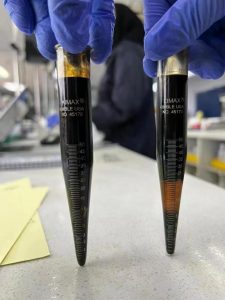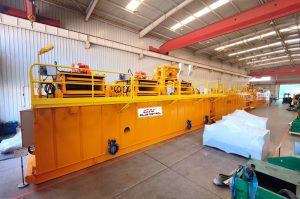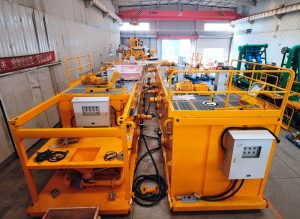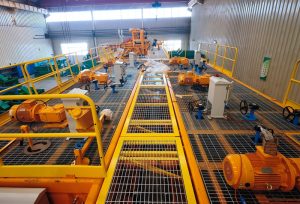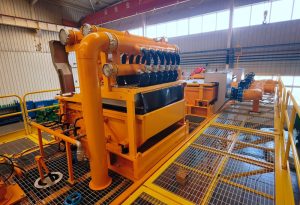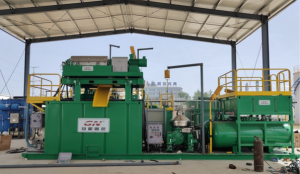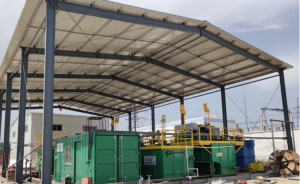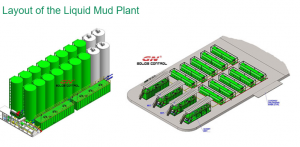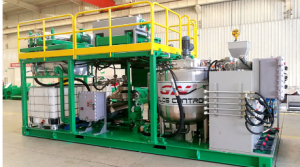GN Oil Sludge Treatment System is to use chemical to wash the oil sludge with heat to temperature of 60-70 C degree. After washing the slurry is pumped to GN separation equipment to separate into oil, water and solids. The recycled water can be reused in the washing process, and the oil is clean enough to sell to the refinery company, the solids contain less than 2% oil which can be sent to biodegradation or thermal unit for final disposal if needed.
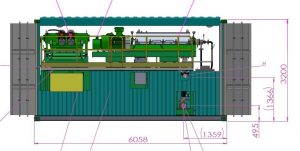
Main separation treatment equipment of the oil sludge treatment system is the three-phase decanter centrifuge GNLWS364-VFD. Its operation is based on the principle of sedimentation, that is, solid particles with specificliquid weight precipitate in a predetermined time. This principle can also be applied to two immiscible liquids with different specific gravity. When the material enters the high-speed rotating drum, the material rotates synchronously with the drum. Because of the different specific gravity, the centrifugal force is different. The solid particles with the larger specific gravity are subjected to the greatest centrifugal force, followed by the heavy phase liquid (such as water) and the light phase liquid (suchas oil). So the centrifugal force is becoming less from outside to inside according to the magnitude of centrifugal force. A concentric solid layer and two liquid layers are formed. Solids are pushed out by the screw conveyor, and liquids are removed from theirrespective nozzles. Therefore, the application of three-phase decanter centrifuge can not only separate the solid in the material, but also separate the two-phase liquid with different specific gravity in the material, that is, Solid-liquid-liquid separation can be achieved.
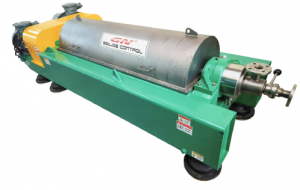
Oil sludge sample from customer
